- Via Bergesia 6, 12060 Barolo (CN)
- +39 0173 564 611
- info@vitecolte.it
- https://www.vitecolte.it/
Vite Colte
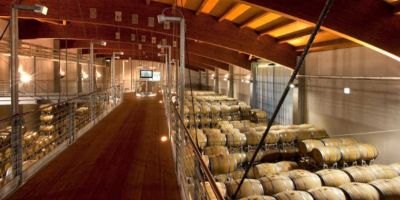
Vite Colte is a cooperative made up of 180 members who strongly believe in a concept of shared quality, where the responsibility of individuals is an integral part of the final...
| Year founded | 1980 |
| Enologist | Bruno Cordero |
| Own vineyards: | 300 / ha |
| Annual production | 950,000 bottles |
| Country | |
| Regions | |
| Grapes |
Wine from Vite Colte
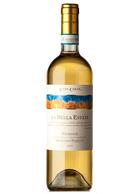
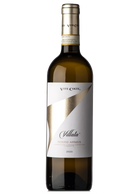
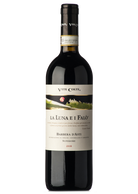
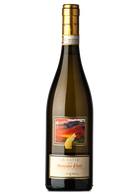


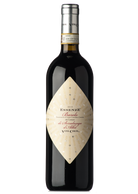
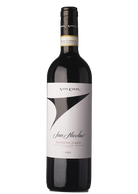
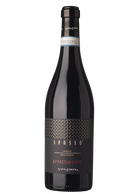
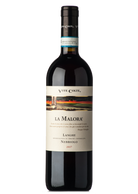

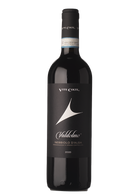
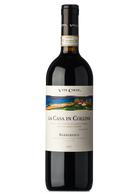
Vite Colte
Vite Colte is a cooperative made up of 180 members who strongly believe in a concept of shared quality, where the responsibility of individuals is an integral part of the final result. Winemakers, companions, friends. The members of Vite Colte are "accomplices" in a project that demands a dedication to quality equal to the rigour of the protocol with which it is pursued. Each winegrower, therefore, receives payment based on the area planted with vines and not on the quantity of product, with the aim of achieving the highest level of quality.
The Vite Colte protocol has only one objective: an absolute and constant standard of quality, the which is the result of agronomic choices aimed at sustainable, selective vineyard management and oriented towards the proper maturity of the fruit. Each winegrower adheres to the protocol by acting promptly in the vineyard and defining and monitoring the progress of their work in close contact with the winery's team of agronomists.
The protocol also stipulates that only grapes from vineyards at least 15 years old should be vinified. Moreover, the cooperative is based on principles of economic efficiency, ecological responsibility (i.e. use of renewable sources and recyclable materials) and social solidarity.
The winery opened in 2000 at the foot of the most prestigious Barolo cru and the architectural project has received reviews in numerous publications in modern architecture magazines. The theme of the places where wine is made in Barolo with Vite Colte has been explored by the architect with the aim of integrating them into the landscape through a contemporary interpretation of traditional architectural language, also expressed in the choice of eco-friendly symbols and materials.
